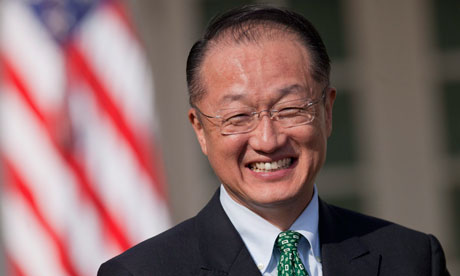Germany, Norway, Sweden, and Switzerland on Monday, November 30, 2015 in Paris, France announced a new $500 million initiative that will find new ways to create incentives aimed at large scale cuts in greenhouse gas emissions in developing countries to combat climate change. The World Bank Group worked with the countries to develop the initiative.

The Transformative Carbon Asset Facility will help developing countries implement their plans to cut emissions by working with them to create new classes of carbon assets associated with reduced greenhouse gas emission reductions, including those achieved through policy actions.
The facility will measure and pay for emission cuts in large scale programmes in areas like renewable energy, transport, energy efficiency, solid waste management, and low carbon cities. For example, it could make payments for emission reductions to countries that remove fossil fuel subsidies or embark on other reforms like simplifying regulations for renewable energy.
“We want to help developing countries find a credible pathway toward low carbon development,” said World Bank Group President Jim Yong Kim. “This initiative is one such way because it will help countries create and pay for the next generation of carbon credits.”
This new initiative is planned to start operations in 2016 with an initial expected commitment of more than $250 million from contributing countries. The facility will remain open for additional contributions until a target of $500 million is reached. It is expected that the new facility’s support will be provided alongside $2 billion of investment and policy-related lending by the World Bank Group and other sources.
“Putting market forces to work is an efficient way of reducing emissions. We expect to achieve significant impact on the ground through the facility and ensure the sustainability of reducing emissions even beyond the facility’s initial support, for example, through carbon pricing instruments like emissions trading systems and carbon taxes, or stronger low-carbon policy standards and their enforcement,” said Prime Minister Erna Solberg of Norway. “We are pleased to support this initiative that will help guide the next generation of carbon market programmes.”
This facility will work alongside a range of global initiatives and national climate plans to help both developed and developing countries achieve their mitigation goals. It will pay for carbon assets with high environmental integrity and a strong likelihood to comply with future international rules, and will share its learning with the international community.
“It is very encouraging to see this new initiative launched when all eyes are on Paris. Four countries are leading with their example and bridging one of the main challenges for developing countries to achieve low carbon growth. By working with developing countries to establish market-based carbon pricing policies and programs, the facility can help achieve both better growth and a better climate for all,” said Felipe Calderón, Chair of the Global Commission on the Economy and Climate and former President of Mexico.
